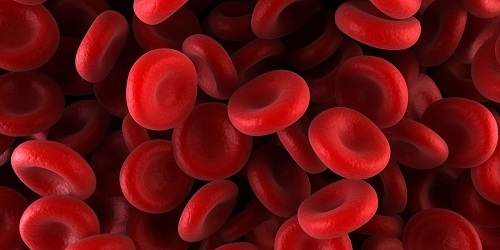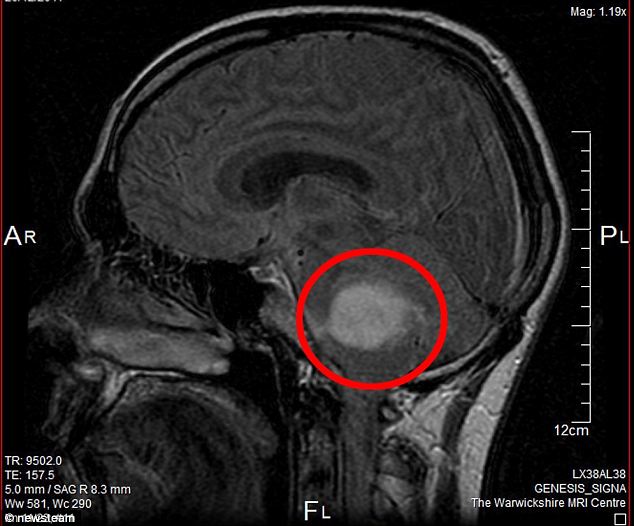A research team from the Swiss Federal Institute of Technology (ETH Zurich) and IBM’s Zurich Research Laboratory have used the Blue Gene /L supercomputer to simulate the strain on a piece of bone to help determine the likely place of fracture. The breakthrough method developed by the team combines density measurements with a large-scale mechanical analysis of the inner-bone microstructure. Using large-scale, massively parallel simulations, the researchers were able to obtain a dynamic ‘heat map’ of strain, which changes with the load applied to the bone. This map shows the clinician exactly where and under what load a bone is likely to fracture. The joint team utilized the massively large-scale capabilities of the 8-rack Blue Gene /L supercomputer to conduct the first simulations on a 5 by 5 mm specimen of real bone. Within 20 minutes, the supercomputer simulation generated 90 Gigabytes of output data. “It is this combination of increased speed and size that will allow solving clinically relevant cases in acceptable time and unprecedented detail,” says Professor Ralph M

Be a part of Elets Collaborative Initiatives. Join Us for Upcoming Events and explore business opportunities. Like us on Facebook , connect with us on LinkedIn and follow us on Twitter , Instagram.












